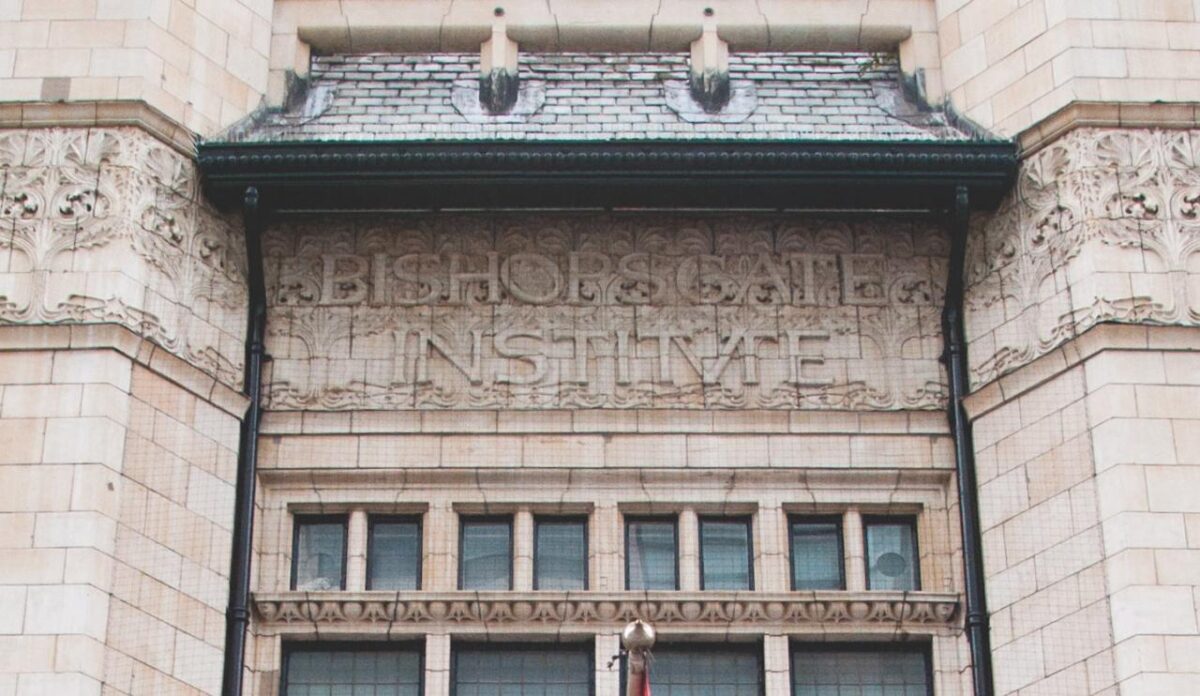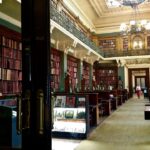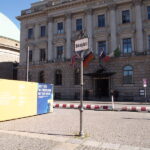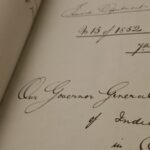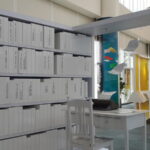
Located in a prime spot opposite Liverpool Street and on the A10, I have walked past this place countless times, with its beautiful entrance sign. Paradoxically repelled by its grand entrance (designed by late Victorian architect Charles Harrison Townsend who also famously designed the Horniman Museum and Whitechapel Gallery), I never once stepped in, having previously simply assumed it must be one of those private workingmen’s clubs to which I had no business barging into.
No doubt today I only have my own ignorance to blame for my failure to investigate further into the Bishopsgate Institute earlier, but in a document about the history of the institute released on its centenary, it seems that I am not the only confused person – “It appears that the Institute had something of an identity problem in its early years; when the caretaker was interviewed in 1899, he noted that “One ingenious person entered with a pair of roller-skates in one hand and asked to be directed to the rink. On Saturday a gentleman, carrying a Gladstone bag, and with a travelling rug thrown over his arm, rushed up and asked when the train left. But the most disconcerting experience was when a young woman entered and demurely asked ‘Is this a matrimonial agency?” Her disappointment was quite saddening when informed that marriages were not performed there…”
(I was so excited about being inside this place that I forgot to take interior pictures of the main reading room. It is oddly almost exactly the stereotype of the grand old public library I had in my head when I say “I’m going to the library”. And in the past, so many a time have I languished around the Brick Lane area, eventually sitting in the Old Spitalfields Market wishing there was somewhere to sit and read or do something other than jostle with rushing business people in suits and angsty travellers speeding past with their angrily overweight luggages. If only someone had told me about this back then!)
Unlike many other libraries in London, no registration or proof of identity is required to come to peruse the library’s books (or make use of its fine reading tables). Besides the reference library, on request it has an amazing collection of books, maps and other materials on London, the East End, labour, and activism/protests. A very enthusiastic archivist/librarian whose name I sadly didn’t manage to catch showed us around and told us briefly about the history of the collection. First established as a workingmen’s library for the working class in London’s East End, many of the books in the collection today were the result of one librarian – Charles Goss. His unbridled collecting was not so much celebrated during his time, but he was responsible for building up the significant collections on London history, labour history, freethought and humanism whilst going on his extremely long lunch breaks and buying insane amounts of books by the wheelbarrow. (While he was with the library, he also campaigned to raise the status and pay of library staff. Also the man had a magnificent moustache…)
In the main reading room, there’s a magnificent skylight which has survived the Blitz (and people throwing small rocks at it), and the original bookshelves have also survived till today – they have got little handles on the side which people could use to climb up and access books on the higher shelves by themselves. However, this useful design addition proved to be divisive for the sexes – victorian notions of women’s ankles being “indecent” resulted in women asking for a separate reading room so that men would not glimpse their ankles as they climbed up using the handles and reached up for the books in a flash of prudish ankle absurdity. (I’m curious how the books were separated then between the rooms…)
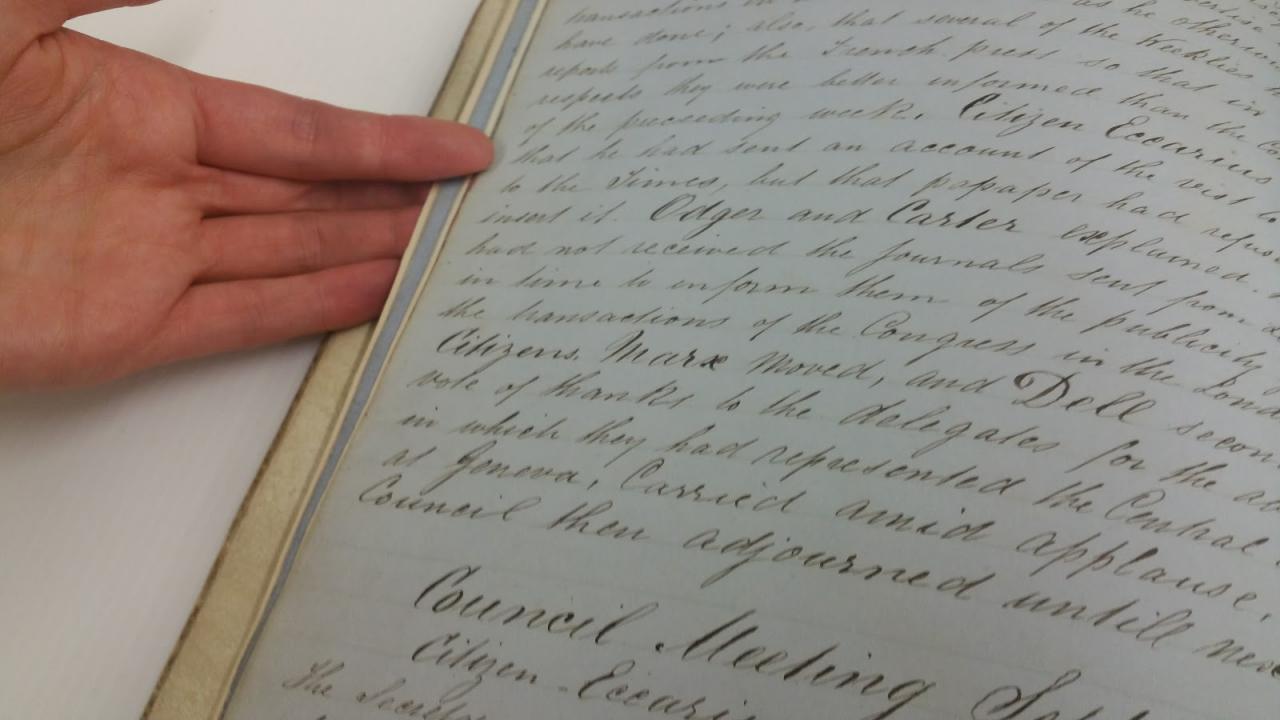
Apparently the library had been consciously painted in a neutral calm colour as in the past there were concerns that the books alone being read in an excitable environment might spark some sort of mad revolt. In fact, the single most famous manuscript in the collection is the Minute Book of the First International Working Men’s Association, 1866-69. The book was allegedly hailed by some as the moment of the birth of socialism, although disputably being just an ordinary meeting which just happened to be followed by an argument between George Howell and Karl Marx. (It’s also got squiggles on the back, speculated to have been made by a bored notetaker). Due to the book’s popularity status (even Stalin wrote to the Institute to ask to see the book!), the book was eventually deposited at the bank across the road for safe-keeping for over 20 years…
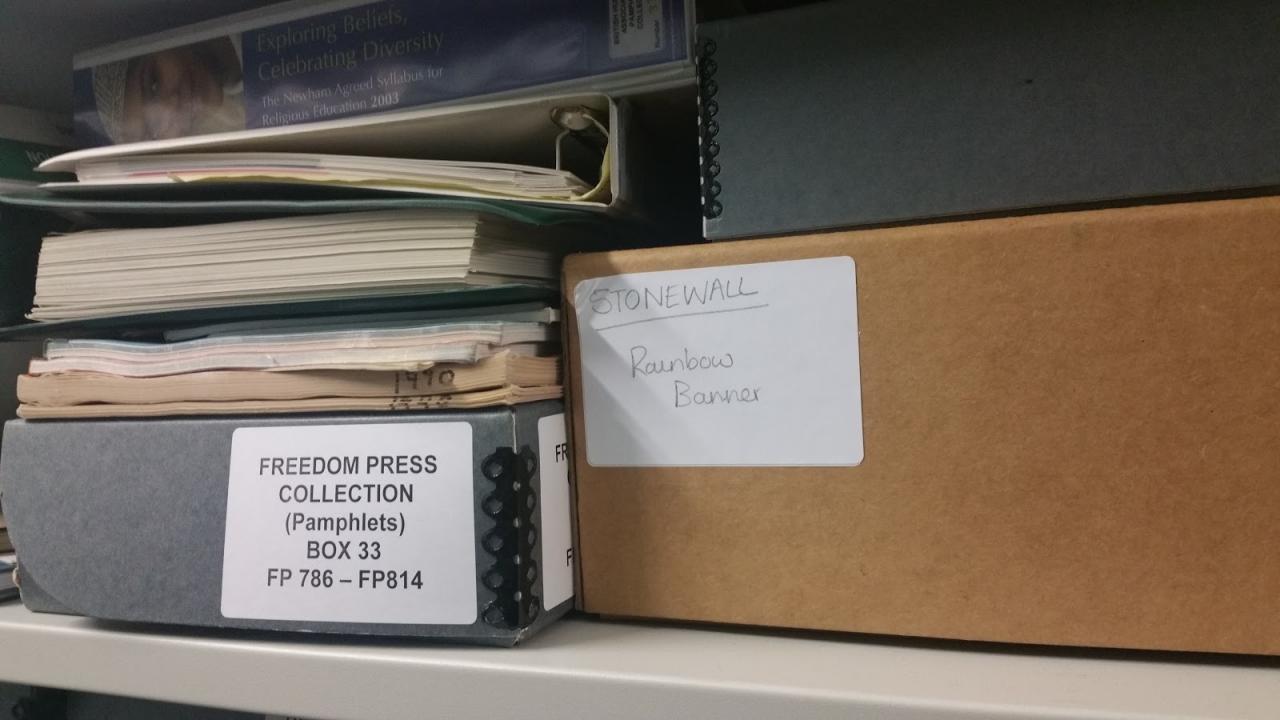
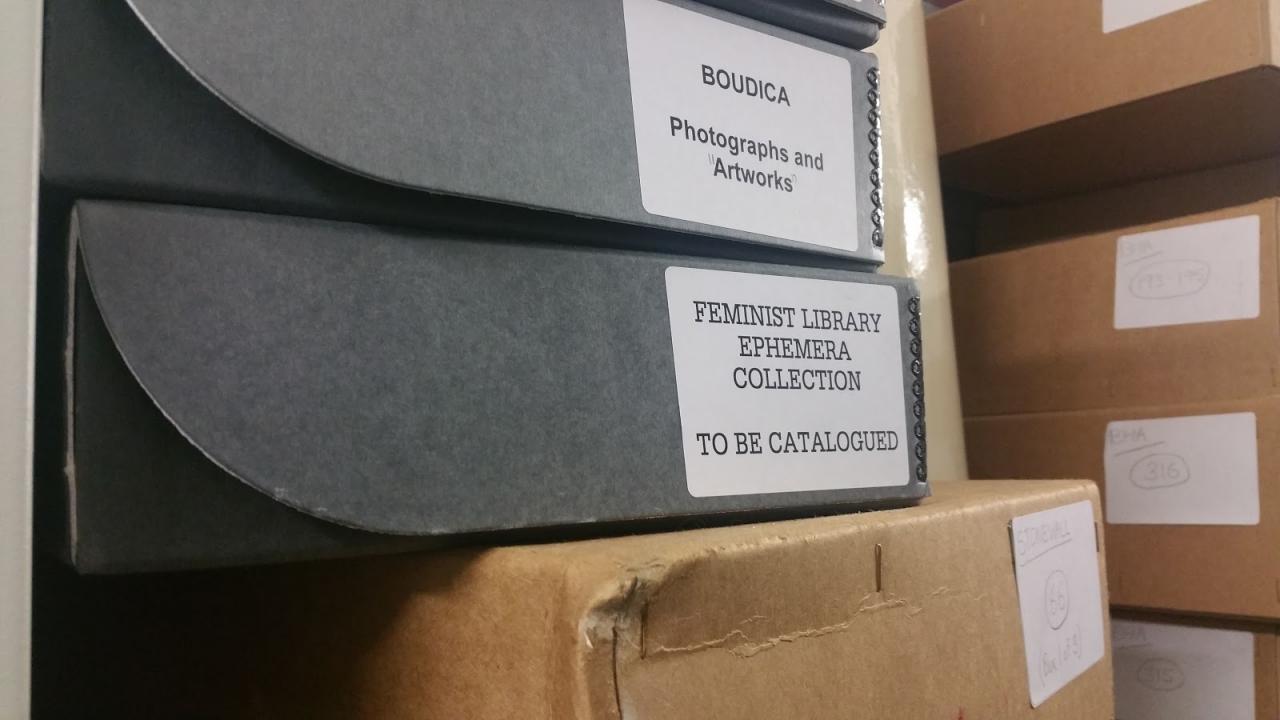
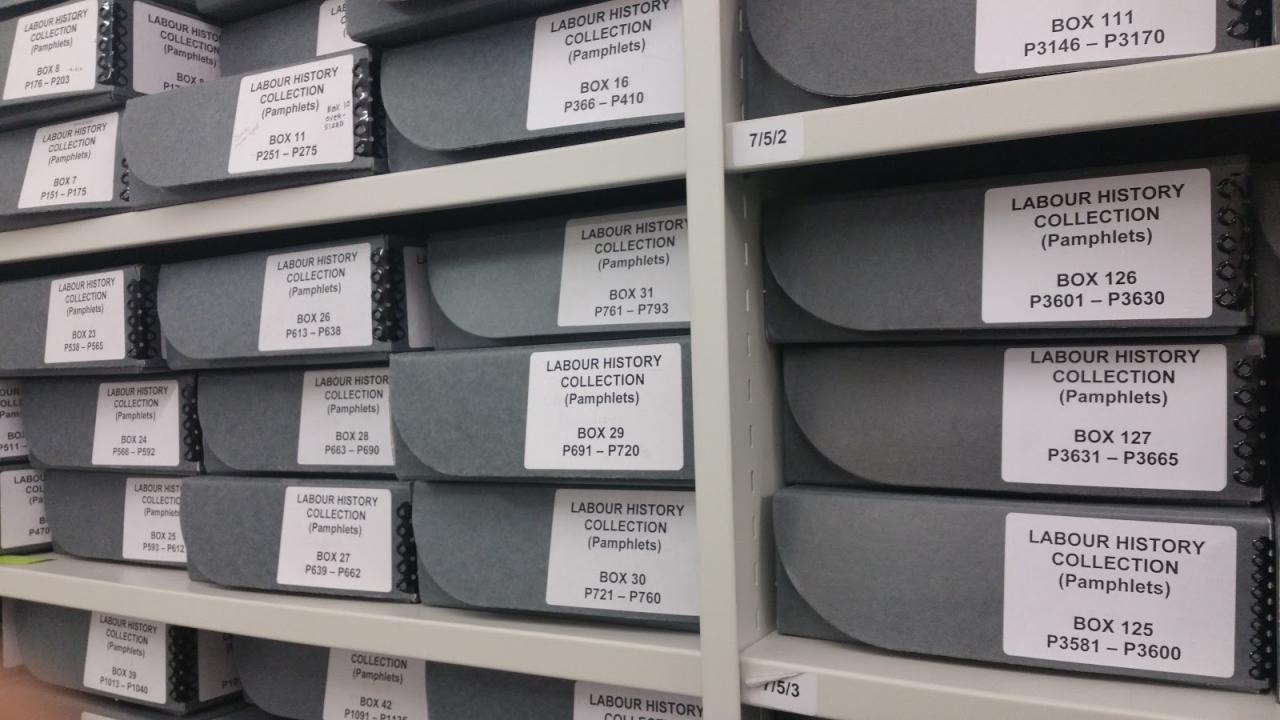
See Also: OYSTERS AND OTHER FUN FACTS??
More about its archives/collections
120 Years of Events, including various lectures such Shackleton on his return from the South Pole
Horse Urine and Oysters
